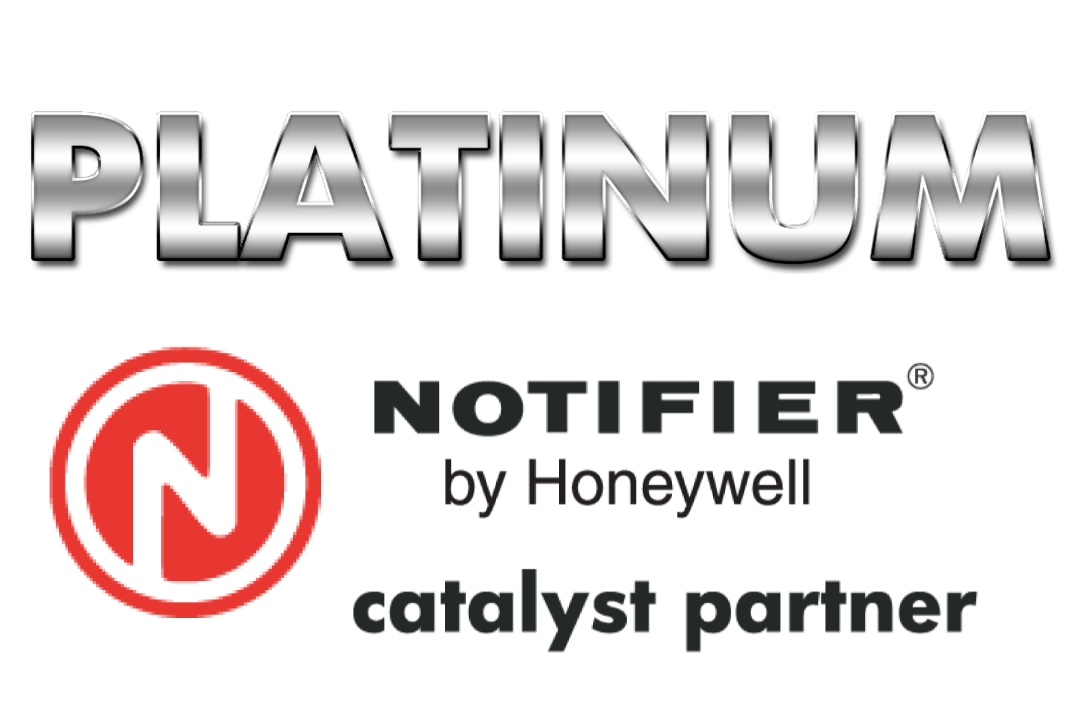
Prevention, protection, and preparedness are the cornerstones of any robust business security plan; safety and security providers are the partners you need to bring them to life. By combining strategic policies, advanced technologies, and expert consulting, we help safeguard your physical assets, digital data, employees, and reputation.
Most Common Mistakes Companies Make with Security
A security breach can lead to stolen inventory, costly downtime, legal penalties, and long-term harm to your reputation. Here are some of the most common security mistakes companies make and how to avoid them:
Mistake #1: Skipping a Formal Risk Assessment
A comprehensive risk assessment is the foundation of any effective business security strategy. Risk assessments can be performed by the business/ building owner, an insurance company, an OSHA inspector, or a safety and security professional. It is far better to have a safety and security system in place prior to a surprise OSHA inspection.
Employers are ultimately responsible for evaluating workplace hazards under OSHA guidelines. Working with an experienced safety and security provider is the best way to protect your business property and employees against loss while maintaining code compliance with all local, state, and federal regulations.
How to Conduct a Basic Security Audit:
- Survey Your Premises: Walk the facility, inside and out, at different times of day to observe potential vulnerabilities such as dark corners, unmonitored entry points, or blind spots.
- Map Critical Assets: Identify high-value equipment, sensitive data storage areas, and zones with restricted access requirements.
- Assess Personnel and Processes: Interview staff to understand routine procedures, visitor flow, and any past security incidents or near-misses.
- Review Digital Risks: Evaluate network-connected devices, such as IP cameras and access panels, for weak default passwords or unsecured network connections.
- Prioritize Vulnerabilities: Rank each identified risk by likelihood and potential impact, then allocate resources to address the greatest threats first.
Partnering with an experienced commercial security provider ensures that identified risks are addressed with comprehensive fire, life-safety, and security systems that comply with Chicago’s building codes and all state and federal regulations. Additionally, many insurers reward businesses that work with safety experts, implement robust security measures, and train employees by offering premium discounts and reduced liability.
Mistake #2: Inadequate Access Control
Controlling who enters your facility is just as important as watching what happens inside. Many businesses rely on mechanical locks or shared entry codes, which are easily compromised when employees leave or fail to update credentials.
Best Practices:
- Issue unique access credentials (keycards, mobile passes, or biometrics) to every employee and revoke them immediately upon termination.
- Use time-of-day restrictions to limit access outside business hours and reduce the attack window.
- Audit access logs regularly to spot anomalies, such as doors held open or multiple failed entry attempts.
- Integrate your access control solution with broader commercial security systems so door events trigger real-time alerts for security personnel.
Learn more about commercial access control and commercial access control solutions.
Mistake #3: Siloed Security Systems
When video surveillance, intrusion alarms, and door controls operate independently, you miss out on the power of centralized monitoring. A motion-sensor trigger that fails to activate attached cameras, or an alarm that doesn’t notify the right team, wastes valuable response time.
How to Avoid Silos:
- Adopt a unified platform that consolidates video, alarms, and access control into one dashboard.
- Ensure your integrated solution supports automated workflows: for example, a forced-entry alarm should immediately pull up live camera feeds of that door.
- Explore our integrated security systems for streamlined incident detection and faster resolution.
Mistake #4: Neglecting Employee Training
Your people are the first line of defense, yet many businesses skip formal security training. Without clear protocols, staff may prop doors open, share access codes, or ignore suspicious behavior.
Effective Training Steps:
- Visitor Protocols: Show employees how to verify badges, log guest entries, and challenge unescorted visitors.
- Incident Reporting: Establish a simple, anonymous reporting channel for security concerns or near-misses.
- Phishing & Social Engineering Drills: Simulate common attacks to sharpen staff awareness.
- Regular Refreshers: Schedule annual or biannual sessions to reinforce best practices and update teams on new threats.
Well-trained staff deter incidents and help maintain compliance with standards. Training reduces liability, especially when paired with robust security technology.
Mistake #5: Overlooking False Alarm Management
False alarms erode trust in your security infrastructure and can lead to “alarm fatigue” among responders. They also incur needless costs from repeated dispatches. NFPA 72 recommends proper system design, routine testing, and user training to minimize false activations.
False Alarm Reduction Tips:
- Schedule quarterly inspections and functional tests to verify detector sensitivity and wiring integrity.
- Calibrate motion-sensors and smoke detectors per manufacturer guidelines, avoiding placement near HVAC vents or high-dust areas.
- Provide clear instructions to staff on resetting alarms and reporting malfunctioning devices correctly.
Mistake #6: Skipping Equipment Maintenance
Security cameras, card readers, and alarm panels require ongoing care. Neglected firmware updates, dirty camera lenses, or depleted backup batteries can render systems ineffective when you need them most.
Maintenance Best Practices:
- Create a preventive maintenance calendar covering software patches, hardware inspections, and power-backup checks.
- Use remote-monitoring services to receive instant alerts for device failures or communication losses.
- Keep a detailed maintenance log to demonstrate due diligence for insurance and audit purposes.
Mistake #7: Ignoring Cybersecurity in Physical Systems
Today’s security devices often connect to your network and become potential entry points for cyberattacks. Weak passwords, unpatched firmware, and flat network architecture put both physical and digital assets at risk.
Cyber-Physical Security Measures:
- Enforce strong, unique passwords for each device and change defaults immediately upon installation.
- Segment your security network from your corporate LAN, limiting lateral movement if a device is compromised.
- Schedule regular vulnerability scans and firmware updates.
Commercial Fire, Life Safety, and Security Solutions
HRSS has been providing commercial fire and life safety solutions to Chicago companies for decades, serving properties of all sizes, private companies, schools, hospitals, hotels, and more. We help companies avoid these common mistakes with safety and security assessments and solutions.
Leverage the combined expertise of HRSS/SMG for a comprehensive security audit, integrated fire and life-safety system design, and proactive, UL-listed solutions. With our full-service approach, including 24/7 central station monitoring and ongoing maintenance, you gain unmatched reliability and regulatory compliance. Contact us today to fortify your business security with proactive, resilient protection.



